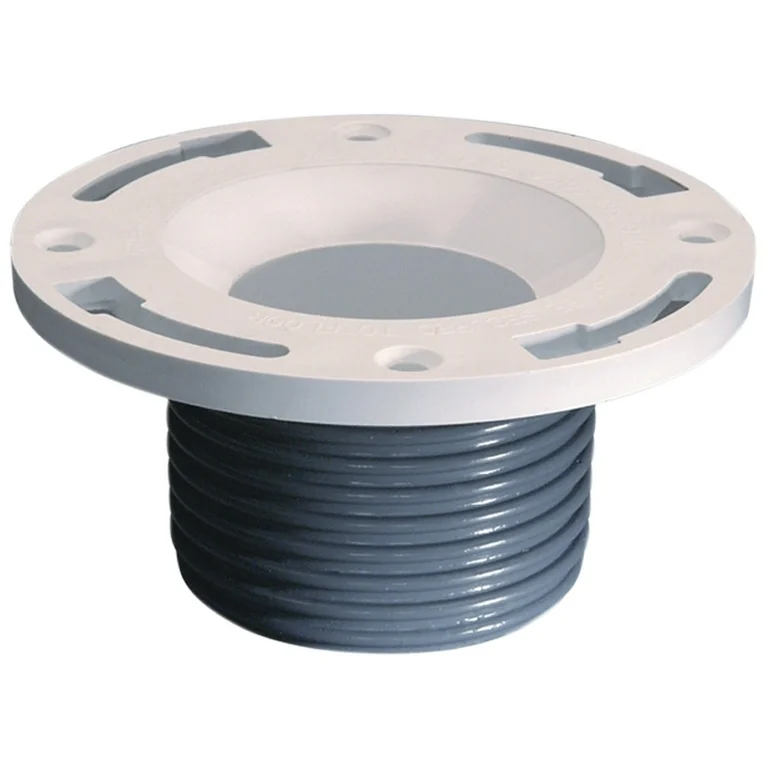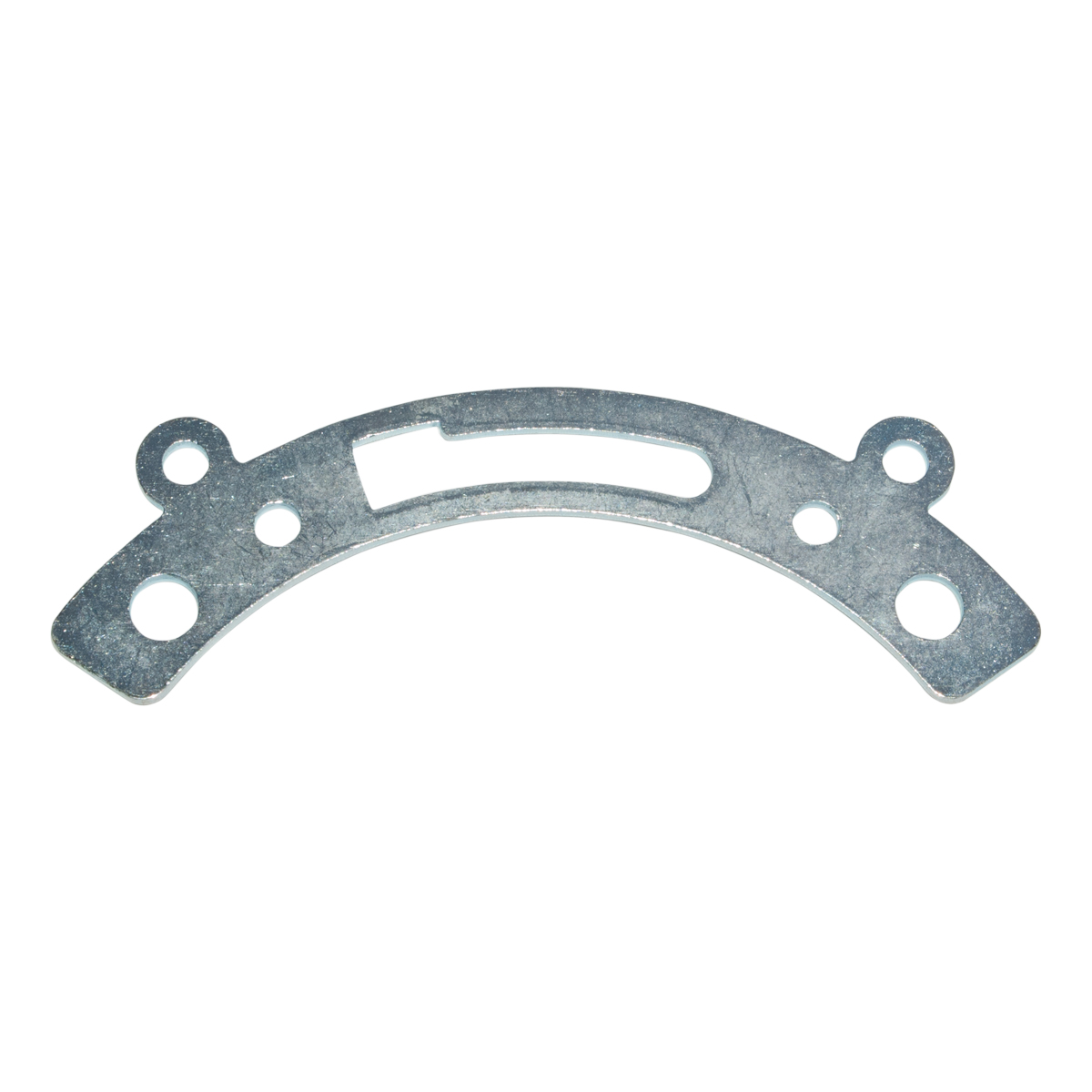What are your opinions about How to Replace a Toilet Flange?

Introduction:
Recognizing the Importance of a Toilet Flange:
In the realm of plumbing, the often-overlooked bathroom flange plays an essential role in making certain the smooth procedure of your washroom fixtures. Acting as a crucial port in between your toilet and the underlying waste pipe, the commode flange works as the unsung hero of your plumbing system. Without this tough element, your toilet would certainly be prone to instability and leaks, possibly resulting in pricey repair work and inconvenience. As a result, understanding the importance of a correctly mounted and preserved toilet flange is extremely important for any type of home owner embarking on plumbing tasks or attending to repair requirements.
Why Proper Installation and Maintenance Matter:
Proper setup and meticulous maintenance of the toilet flange are crucial for protecting the stability of your plumbing framework. A carefully set up flange not just supports your bathroom safely in position but also develops a bulletproof seal, preventing the dangers of leakages and smells. By welcoming a proactive strategy to flange upkeep, you can mitigate the risk of disruptive plumbing issues and preserve the serenity of your household environment. Throughout this informative overview, we'll untangle the details of commode flange setup and repair work, empowering you with the expertise and proficiency to browse these necessary tasks expertly.
Finest Practices When Installing a Toilet Flange:
Ensuring a seamless commode flange setup calls for adherence to a set of ideal practices that ensure resilience and functionality. Begin by diligently assessing your tools and products, guaranteeing you have the required devices for the work in advance. Picking the appropriate flange material, whether PVC, ABS, or cast iron, is vital, as it establishes the long life and performance of your plumbing component. Furthermore, evaluating existing plumbing conditions, such as checking for damages or deterioration, is essential for preemptively addressing prospective problems and guaranteeing a smooth installation procedure. By taking on these primary steps, you established a strong structure for a successful bathroom flange installment, reducing the probability of future problems and promoting lasting upkeep.
When appropriately ready, proceed with the careful elimination of the old flange, complying with a systematic strategy to prevent causing damages to bordering elements. Employ strategies tailored to address persistent or rusted flanges, guaranteeing their swift and risk-free elimination without endangering the honesty of the bordering plumbing infrastructure. With the old flange got rid of, carefully mount the new replacement flange, choosing one that fits comfortably and firmly right into area. Effectively safeguarding the flange to the flooring making use of screws or adhesive is essential, as it guarantees stability and prevents future leakages. By sticking to these finest practices during the installment procedure, you prepared for a robust and dependable commode flange configuration that endures the test of time.
Mounting a New Toilet Flange:
When installing a new toilet flange, the initial step is to select the appropriate substitute for your plumbing configuration. Take into consideration elements such as the product of the flange, with options consisting of PVC, ABS, or cast iron. PVC flanges are understood for their affordability and resistance to deterioration, making them a prominent selection for DIY enthusiasts. Abdominal flanges supply similar benefits to PVC yet brag included toughness, making them ideal for high-traffic areas or commercial setups. Cast iron flanges, renowned for their toughness and longevity, are ideal for installments where sturdiness is vital. Furthermore, guarantee that the replacement flange is correctly sized and fits comfortably into place to create a watertight seal and prevent leakages.
Protecting the Flange to the Floor:
When you've selected the appropriate substitute flange, it's important to protect it correctly to the flooring to make certain stability and protect against future problems. Begin by placing and aligning the flange appropriately over the waste pipe, guaranteeing that it rests flush with the floor surface area. Depending upon the sort of flange and your details installation choices, you can safeguard the flange to the flooring using screws or adhesive. If using screws, be sure to use corrosion-resistant options to prevent rusting in time. Alternatively, adhesive can supply a safe and secure bond in between the flange and the floor, guaranteeing a sturdy and reliable installment. By complying with these steps and taking the needed safety measures, you can install a brand-new toilet flange with self-confidence, guaranteeing a durable and leak-free plumbing fixture.
Ideal Practices When Repairing a Broken Flange:
Repairing a busted toilet flange needs meticulous interest to information and adherence to ideal practices to make sure a lasting option. Begin by extensively assessing the degree of the damages and recognizing the underlying reason, whether it be rust, fractures, or imbalance. This analysis will certainly guide your repair technique, enabling you to choose one of the most proper strategies and products for bring back the flange to its ideal condition. Additionally, think about the surrounding plumbing infrastructure and floor security to deal with any potential adding aspects and protect against future issues from emerging. By conducting an extensive assessment and evaluation, you lay the groundwork for a reliable and enduring fixing procedure that deals with the origin of the issue.
With a clear understanding of the flange's problem and the elements affecting its damage, proceed with the repair work procedure using precision and treatment. Relying on the seriousness of the damages, you might opt for fixing methods such as epoxy putty, repair service flange packages, or partial flange substitutes. Ensure that the chosen repair work technique properly attends to the certain concerns handy while keeping the architectural stability and performance of the flange. Furthermore, take proactive measures to enhance the fixed flange and stop future damage, such as applying sealer or waterproofing products to protect against leakages and deterioration. By adhering to these best techniques during the repair work process, you can recover your busted flange to optimal problem, ensuring the long-term reliability and performance of your plumbing system.
Kinds Of Toilet Flanges:
Understanding the various types of commode flanges is vital for picking the most appropriate option for your plumbing needs. PVC, ABS, and cast iron are amongst the usual materials utilized in bathroom flange building, each offering distinctive benefits and considerations. PVC flanges, known for their cost and rust resistance, are favoured for their simplicity of installment and resilience. ABS flanges, comparable to PVC in regards to price and convenience of installment, are valued for their toughness and resistance to effects. On the other hand, cast iron flanges, renowned for their outstanding toughness and long life, are usually liked for high-traffic areas or industrial settings where durability is extremely important. By acquainting yourself with the features of each product, you can make a notified decision when choosing a toilet flange that straightens with your particular needs and preferences.
Along with product considerations, bathroom flanges also are available in numerous styles and designs to suit different plumbing setups and setup choices. Offset flanges, for example, are made to suit toilets installed on floorings that are uneven or where the waste pipe lies off-centre. In a similar way, repair flanges, likewise called repair work rings or spacer rings, are used to deal with problems such as fractured or broken flanges without the need for extensive plumbing adjustments. Additionally, flexible flanges offer flexibility in positioning, enabling accurate placement and fit during installment. By checking out the diverse series of toilet flange types and styles offered, you can select the option that ideal suits your plumbing setup and installation needs, making certain a seamless and dependable solution for your washroom fixtures.
Specialized Options:
Along with conventional commode flanges, there are specialty choices readily available to address details plumbing difficulties and setup choices. One such alternative is the offset flange, which is developed to fit commodes mounted on floorings that are not level or where the waste pipe lies off-centre. Countered flanges feature a special layout that permits the commode to be positioned at a small angle, compensating for uneven floor covering or misaligned plumbing links. This cutting-edge remedy ensures a secure and stable installment, getting rid of the need for costly and time-consuming flooring progressing or pipe relocation. By including a balanced out flange into your plumbing arrangement, you can get rid of common installment barriers and achieve a professional-quality outcome easily.
Another specialized alternative worth taking into consideration is the repair work flange, additionally referred to as a repair ring or spacer ring. Repair flanges are particularly made to deal with concerns such as cracked or broken toilet flanges without the requirement for considerable plumbing modifications. These flexible parts can be installed directly over the existing flange, offering a strong and reliable base for protecting the commode in position. Repair flanges can be found in numerous dimensions and arrangements to suit various flange sizes and installment needs, making them a convenient and cost-effective remedy for resolving flange-related troubles. Whether you're managing a small flange repair work or a more intricate plumbing problem, including specialized choices like countered and repair service flanges can enhance the installation procedure and guarantee lasting performance for your shower room fixtures.
Verdict:
In conclusion, mastering the art of toilet flange installment and repair work is important for keeping a practical and leak-free plumbing system in your house. By understanding the value of a properly set up flange and adhering to ideal practices throughout the process, you can guarantee the durability and integrity of your bathroom fixtures. Whether you're selecting the best type of flange, performing repairs, or exploring specialty options, interest to detail and precise execution are essential. Regular maintenance and aggressive troubleshooting can help prevent pricey plumbing concerns and protect the serenity of your household setting. Armed with the knowledge and abilities acquired from this comprehensive overview, you can deal with commode flange setup and repair with self-confidence, encouraging you to protect your plumbing system for several years to find.
How to Replace a Toilet Flange
The toilet flange is the part that keeps your toilet attached to the drain. A broken toilet flange will result in your toilet moving around and can even cause it to leak.
A broken toilet can be such a headache and the leaking water can even cause further damage. Many people don’t know about the different elements of replacing a toilet or fitting a new toilet, and it’s important to know these skills when you’re a homeowner.
This article will walk you through how to quickly and correctly do a toilet flange repair.
How to Replace a Toilet Flange
A toilet flange is a critical element of a toilet, but it serves two separate functions. For instance, a toilet flange secures your toilet unit onto the ground and connects the toilet bowl to the wastewater line.
Often, a toilet flange is already in place when installing a toilet, so many homes have these features but never think of them until they are broken. Therefore, you need to know when to replace a toilet flange.
Remove the Toilet
The first stage is removing the toilet and disconnecting the structure from the water supply. You can close the knob at the back of the toilet and empty the toilet tank several times.
After this, you should remove the water hose from the toilet. It’s essential to cover your bathroom floor with newspaper or a tarp to ensure there’s no external damage to your space.
This can be a complicated process, so getting professional help may be necessary if you don’t feel confident about replacing a toilet flange. When you work with an experienced professional, you can ensure the job is done correctly.
Unscrew Two Nuts and Bolts
The two nuts and bolts are the parts that hold the toilet to the flange and floor, so you need to tackle this part next. You can use an adjustable wrench if the nuts are secure and too tight.
After this, you can set the nuts aside in a container and reattach the toilet when the flange is completely repaired.
Remove the Old Wax
Next, after you’ve removed the toilet and nuts and bolts features, you should remove the old wax that sealed the toilet to the flange. You can quickly eliminate the old wax with a putty knife or other similar tool.
Work your way down the build-up of old wax until you reach the top of the toilet flange.
Remove the Flange
Once you reach the flange structure, you can search for the screws outside the part. All you need to remove the screws is a multi-head screwdriver, allowing you to remove different screws.
You can remove the flange and clean it with disinfectant or a wipe to sanitize the surface area. It’s also a good idea to stuff an old towel or cloth into the space to prevent odors and gasses from oozing from the area.
This is where you need to measure the diameter of the outflow pipe’s mouth to find the identical part to replace the toilet flange. You must have exact measurements when searching for a new flange.
Otherwise, you will buy a new toilet flange that can be used in your bathroom.
You can also take the old toilet flange in a secure bag to your local hardware shop if you want to make a direct comparison with a new product. You must also buy sealing wax for the new toilet flange.
If you need help buying a new toilet flange, a professional plumber can help or an employee at your local store.
Apply New Flange and Fit Toilet
At this point, you can fit the new toilet flange following the instructions given with the product, or you can hire a professional to do the job for you. You should also apply the new seal wax around the mouth.
This will allow the toilet flange to stay in place and not become broken again shortly.
Finally, you can fit the toilet structure back in place by securing the nuts and bolts again. You should reattach the water supply and test the flush to check that the water is running correctly.
To test the water supply, you can flush the toilet several times and wait for the water to fill up and empty repeatedly.
The last step is to tidy the bathroom space and clear away the dirty towels or newspapers. It’s a good idea to clean the floors with a strong disinfectant to eliminate the odors left behind.
With experience, you can fix the toilet flange in no time. But, if you’ve never handled these toilet parts, you should hire a professional plumber to take care of them.
Thankfully, our team is here for you. We have the best plumbers in Detroit to help you fix any toilet issues you encounter at home.
https://waterworkplumbing.com/how-to-replace-a-toilet-flange/

I'm very enthusiastic about Toilet Flange Repair and I am hoping you appreciated our post. Those who enjoyed our blog posting please remember to pass it around. Thanks for going through it.
Show Details
 Haley Joel Osment Then & Now!
Haley Joel Osment Then & Now! Michael Bower Then & Now!
Michael Bower Then & Now! Val Kilmer Then & Now!
Val Kilmer Then & Now! Katie Holmes Then & Now!
Katie Holmes Then & Now! Bill Murray Then & Now!
Bill Murray Then & Now!